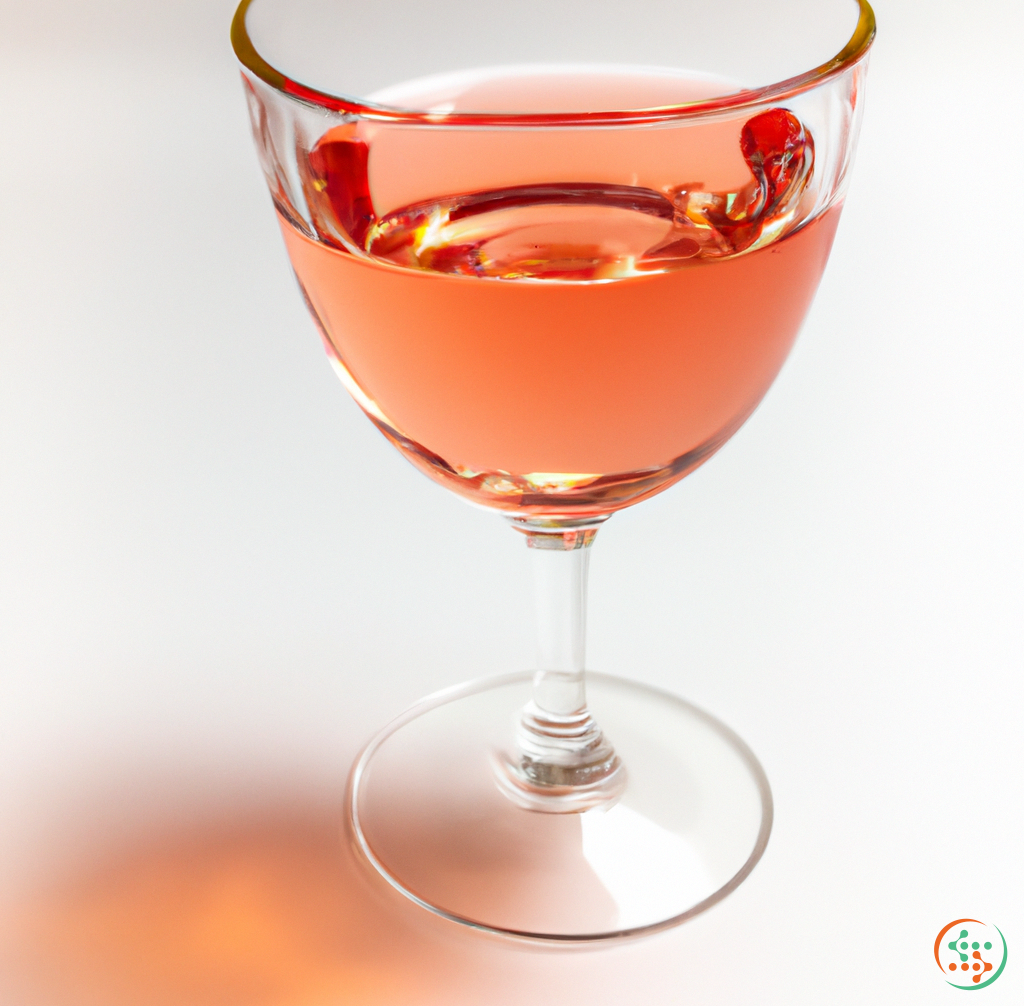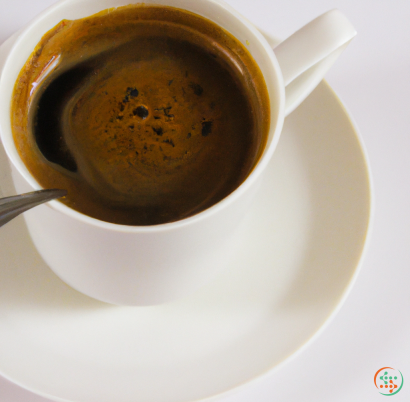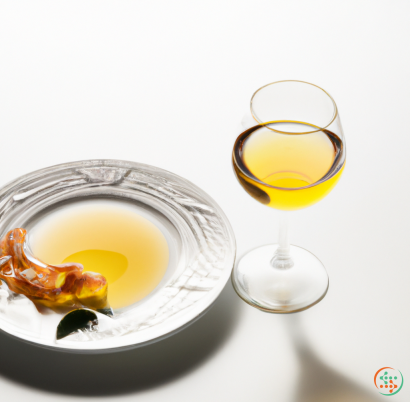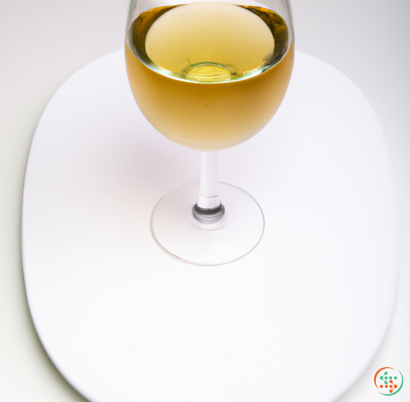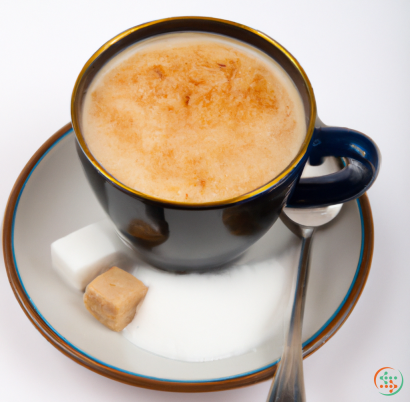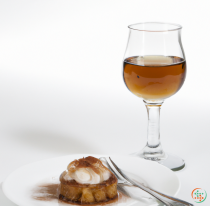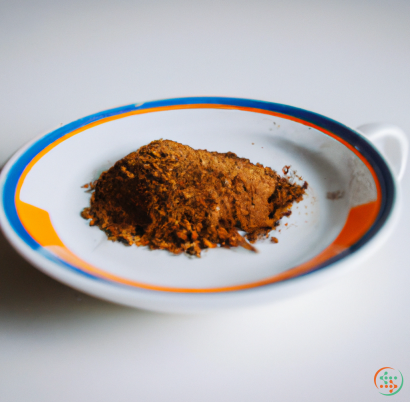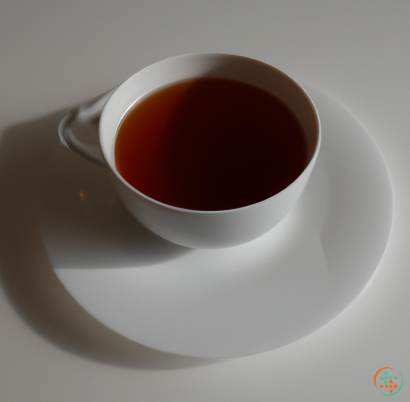Rose Wine
Wine can be a confusing subject even for seasoned drinkers. With the abundance of grape varietals, styles, and regions, it can feel impossible to understand just what makes a glass of vino special. One type in particular that has historically caused a bit of confusion is Rose. What is Rose wine? How is it made? Is it even real wine? Read on to find out all there is to know about Rose wines, from tasting notes to production methods.
At its most basic, Rose wine is a type of wine which is lightly pink in hue but unlike a white or a red, it isn’t made from grapes of any one predominant color. Instead, Rose wines sometimes consist of a blend of red and white grape varieties. The end result can range anywhere from a brilliant salmon pink to a dark rich pink.
Rose wines are versatile and can be enjoyed as an aperitif or paired alongside a wide variety of food. There are various styles that span from light and tangy to full-bodied and spicy. Rose wears its complexity on its sleeve, offering an array of flavors from stone fruits and herbs to delicate florals and ripe cherry tones. The most popular styles are dry or off-dry, which means that the wine itself is not overly sweet.
The process of making Rose wines is quite complex, though the exact methods used can vary dramatically depending on the region and producer. Generally speaking, first the grapes are harvested, then they’re either cold soaked or lightly crushed, a process known as maceration. After maceration, the juice is allowed to sit with the skins briefly, which gives the wine its distinctive hue. As soon as the desired hue is attained, the juice is separated from the skins. This is not the same as red winemaking where the juice is left to ferment on the skins, resulting in much darker hues.
Typically Rose wines are made from red grapes varieties like Pinot Noir, Syrah, Grenache, and Cabernet Sauvignon. However, in some parts of the world, Rose wines are made from white varieties such as Riesling or Chenin Blanc. This second technique is less common, but can result in very interesting and complex Rose wines.
The final step in the Rose-making process is fermentation and aging. During fermentation, the sugar in the grapes converts to alcohol, developing the body and complexity of the wine. Once finished, it is then aged in stainless steel tanks or casks depending on the desired end product. The aging process can range from a few months to upwards of a year.
Rose wines have been popular since the 19th century, when they were referred to by the French as “vin gris.” However, in more recent years the style has seen a renewed interest, particularly as drinkers seek out lighter, more refreshing alternatives in the summer months. Today Rose wines can be found in all kinds of producers, ranging from small boutique wineries to large international companies.
No matter where it comes from, Rose is a great go-to for both casual drinkers and wine connoisseurs alike. Not only does its beautiful color make for a delightful sight, but the array of flavor and body options make it a perfect accompaniment for a variety of meals. Keep an eye out for Rose if you want a unique and enjoyable wine experience!
In the world of wine there are few varieties as steeped in romanticism, or as lovely to sip, as a Rose. Rose has been produced for centuries, and can produce a wide variety of styles, ranging from sweet and fruity to crisply acidic and tart. Wine enthusiasts eagerly anticipate the release of Rose every year, just in time to enjoy its perfect balance of lightness and flavor on warm summer evenings. But what exactly goes into a bottle of Rose and how does it go from vineyard to dinner plate? Let's take a look at the science and art behind creating a bottle of Rose.
At its simplest, making a bottle of Rose is the same process as making red or white wine, with one key exception: the amount of time the juice spends in contact with the grape skins. When producing a white wine, the juice from the grapes is typically separated from the skins within moments of being crushed and pressed. This separates out the white-hued tannins and color pigments found in the skins and gives us the pale golden color white wines are known for. For a Rose, the juice remains in contact with the grape skins for a period of time. This “maceration” imbues the juice with the faint pigments and tannins found in the red skins, creating the classic pink hue of Rose.
The exact duration of maceration, and the specific varieties of grapes used, will determine the final flavor profile of the Rose. Most Rose wines are made from red wine varieties; classic examples are Pinot Noir and Grenache. Certain white wine grapes, however, can also be used, such as Carignane or White Grenache. The longer the maceration period, the darker the Rose will be, and thus the higher the presence of tannins. In some cases, winemakers may opt to blend white and red wines together, or to add a small bit of red wine juice to a white wine in order to achieve a desired flavor.
Once the maceration and blending process is complete, the wines are tested to determine the ideal ratios and flavors, then racked off the lees and sulfur is added. After this the wine is put into the bottles and labeled with a vintage number (year) and tasting notes.
The next step in the process is aging, which can add further complexity to the aroma and flavor of the Rose. Rose wines must be aged in oak barrels for at least a month to ensure they meet regulatory requirements. The aging period can vary greatly depending on the specific style of the wine, with some meant to be enjoyed young and others aged for several years. During the aging process, tannins from the skin come out and combine with the oak aromas and flavors, creating a robust, mellow taste.
When the aging is finished, the Rose is filtered and clarified before bottling for distribution. A natural cork is used instead of screw caps to help protect against oxygen ingress and flavor oxidation. The wine is then ready to be shipped to restaurants, bars, and retailers where it will be enjoyed by wine lovers around the world.
As soon as a bottle of Rose is opened and poured into a glass, it is ready for sipping with food. The high acidity and delicate tannins make Rose the ideal pairing for a wide variety of foods, including cheeses, charcuterie, salads, shellfish, and more. The range of flavor profiles make Rose suitable for pairing with many light to medium flavored dishes.
When selecting a great Rose, look for wines that have low alcohol levels (usually between 11.5%-13.5% alcohol by volume) and bright aromas of fruit. Avoid wines that are overly sweet, as most Rose wines should have a crisp, refreshing finish. With some practice, you’ll soon be able to identify a great bottle of Rose for any occasion.
Rose is the perfect companion when the sunny days of summer arrive. Its light yet flavorful profile make it a great choice for serving at any gathering, from a backyard barbecue to a romantic dinner for two. With its long and fascinating history, it’s no wonder that Rose has captivated the hearts of wine lovers everywhere for generations.
| Vitamin B1 | 0.02 mg | |
| Vitamin B2 | 0.02 mg | |
| Vitamin B3 | 0.09 mg | |
| Vitamin B5 | 0.15 mg | |
| Vitamin B6 | 0.04 mg | |
| Vitamin B9 | 0.001 mg | |
| Vitamin B12 | 0.01 ug |
| Calcium | 0.01 grams |
Daily Value 1.3 g
|
| Iron | 0.2 mg |
Daily Value 0.018 g
|
| Magnesium | 0.01 grams |
Daily Value 0.4 g
|
| Phosphorus | 0.018 grams |
Daily Value 1.25 g
|
| Potassium | 0.059 grams |
Daily Value 4.7 g
|
| Sodium | 0.005 grams |
Daily Value 2.3 g
|
| Zinc | 0.11 mg |
Daily Value 0.011 g
|
| Copper | 0.01 mg |
Daily Value 0.9 mg
|
| Manganese | 0.13 mg |
Daily Value 0.0023 g
|
| Selenium | 0.2 ug |
Daily Value 0.055 mg
|
| Glucose | 1.7 grams |
|
| Fructose | 2.1 grams |
|
| Total Sugars | 3.8 grams |
per 100g
|
